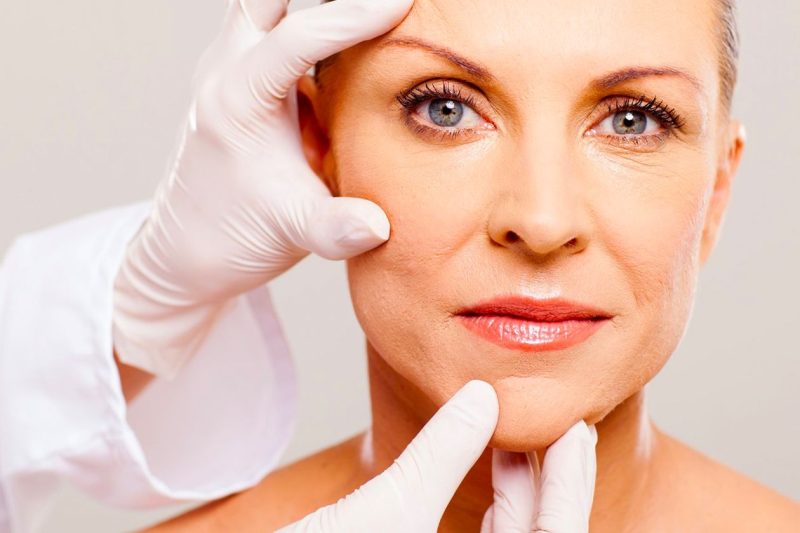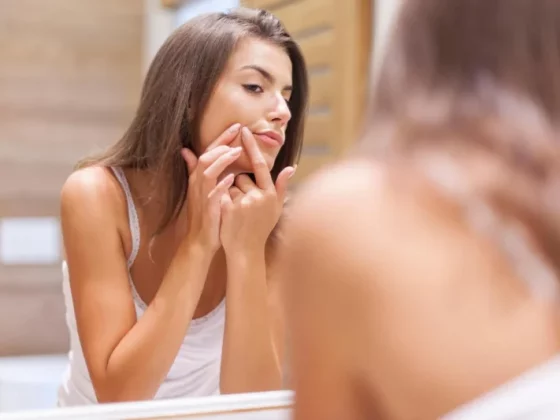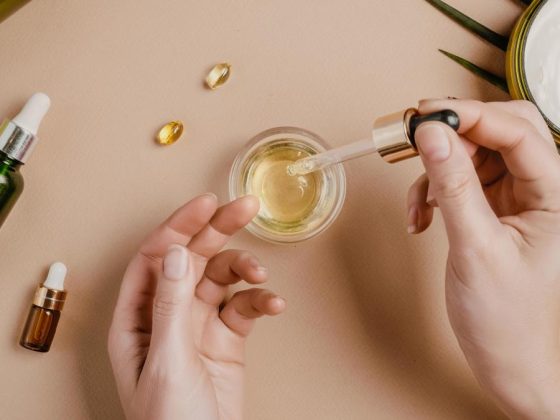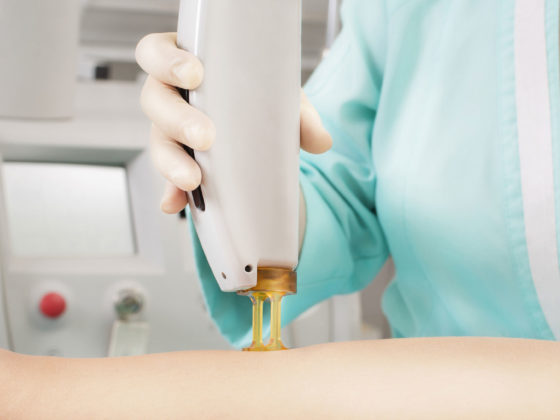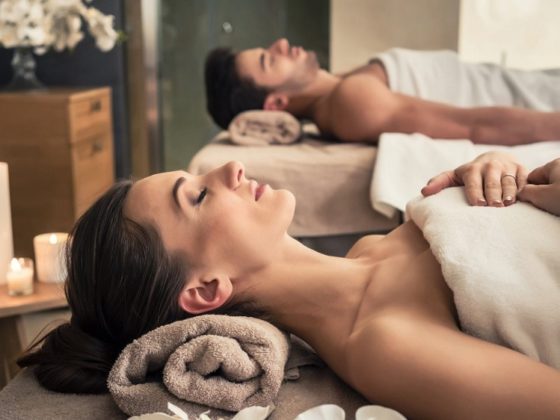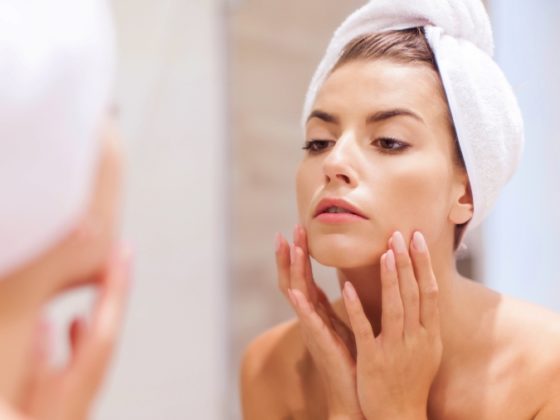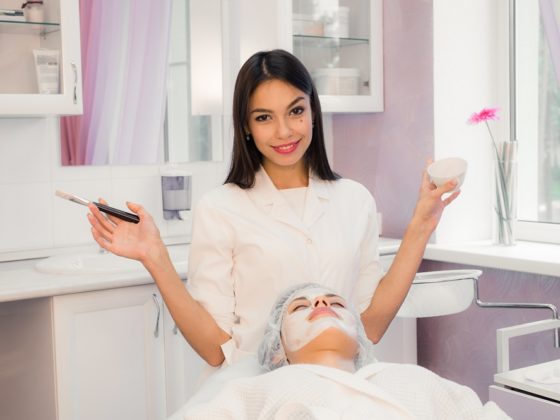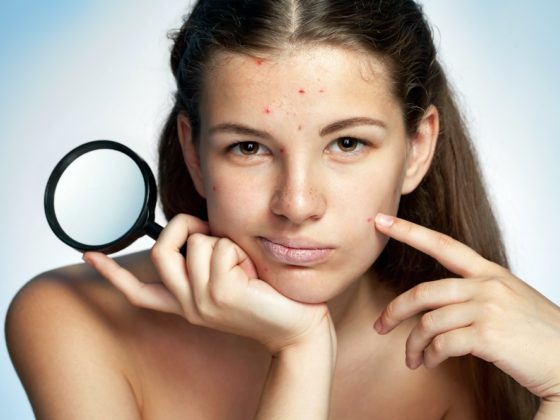Antiaging. Pro-aging. Age defense. Age reverse. There’s a plethora of advertising jargon out there to describe products and services designed to delay or “reverse” the signs of aging. But let’s face it: aging is an inevitable part of life and if we’re lucky, we’re all going to age.
We live in a society, however, that puts a ton of emphasis on youth. The fact is, ageism is rampant in America. A recent New Yorker article reported that 65 percent of Americans over the age of 45 reported they have experienced age discrimination and 45 percent report they feel bad about aging.
It may seem a bit contradictory or hypocritical for me to say this—after all, I’m in the business of manufacturing and selling products intended to delay the signs of aging—but when some in the industry decided to take a stand against the term anti-aging, I was actually a bit heartened. In fact, we banned the use of terms such as youth or youthful for all of our brands years ago. We don’t feature photos of 20-year-old women that would insinuate our products can make you look that way or, for that matter, that you should even want to.
Having said that, when all the backlash against anti-aging began, I had to take a step back and ask myself if it was a real cultural shift or just more marketing hype designed to exploit generational attitude swings.
As professionals in an industry that’s focused on outward appearances, can we shift that conversation? Do we even want to? Does it hurt our profession?
DIVERSITY MATTERS
The fact is, we have a diverse, aging population.
Estimated at 76 million strong, the baby boomers are currently the largest living adult generation. And they have a lot of spending power. More importantly, though, millennials are on track to surpass the boomers by 2019, rising to 73 million while boomers decline to 72 million. The oldest Gen Xer will turn 53 this year. The oldest millennial turns 37.
So, are we really that surprised that a shift in marketing would occur? I don’t think so. What does this mean for us and our profession? A lot, actually. Successfully marketing our products and services largely depends on being able to speak the same language as our clients. So, if the majority of our guests feel offended by claims to “antiage” or turn back the clock, then we should just stop using that language in our advertising or menu copy, right? Unfortunately, it isn’t that simple.
Our aging population happens to be comprised of three specific generational segments, and each segment sees the world very differently.
Baby Boomers
The boomers want to look good and feel good, but they are realistic about the fact you can’t “turn back time” and are offended by claims that offer more than they can produce.
They are brand-loyal; impulse purchases are rare and they prefer brands they recognize.
They don’t give a hoot about social media influencers and are way more likely to follow a treatment plan. They’re also more likely to purchase products that will extend the benefits of a treatment and will continue to purchase if they see results.
Gen Xers
Overlooking this generation is a big mistake. They have a lot of spending power and are more open to experimentation than other generations.
They are definitely brand-hoppers and are way more focused on whole body wellness versus simply applying topical products to see results.
Extravagant claims will turn them off quickly, and they prefer to be shown rather than told. They are into research and are more likely to turn that bottle around to read (and understand) the ingredient deck.
Millennials
It probably comes as no surprise that 55 percent of all selfies are taken by millennials. What actually might come as a surprise, however, is that millennials are currently the largest purchasers of skin care.
They’ve grown up with the concept of spa and don’t view spa treatments as a luxury, but rather as a path to wellness. This “selfie generation” loves to purchase anything that gives instant results (think lip treatments, masks, make-up primers, etc.) and crave customized everything.
Because they are way more focused on the here and now and really aren’t thinking about aging—yet— they have actually driven antiaging skin care product category sales down.
They are more likely to be swayed by social media influencers and prefer YouTube 2-to-1 over traditional television.
UNDERSTAND YOUR CLIENT DEMOGRAPHICS
So, yes, we have an aging population, but there isn’t a one-size-fits-all approach to reaching the various demographics.
How can we use this data to help successfully grow our businesses while the way the world views aging continues to morph?
First, understand your business.
- What demographic segment mainly comprises your practice?
- Is your current demographic makeup the segment you want to attract, or do you want to go after others?
- What are you known for? Chemical peels? All organic? Results-oriented or a day of Zen? Remember, you can’t be all things to all people, so find a niche and own it.
If your guests are mostly baby boomers:
- Most baby boomers are looking for corrective results, as many started using products later in life. But they don’t want to be preached to or reminded that baby oil isn’t sun protection.
- Feature brands that are well known and carry the entire line. Remember, boomers are brand loyal.
- Choose products that are results-oriented and that extend the benefits of treatments.
- Display images your guests can relate to. Allure featured Helen Mirren on their September 2017 cover and many legacy brands use an age-diverse array of models in their ads. This is a far cry from the cover of Vogue in 1981, when a 14-year- old Brooke Shields graced the cover.
If Gen Xers are frequent guests:
- Be sure your menu takes into account a whole-body approach and consider incorporating dietary strategies into your treatments.
- Have a list of every ingredient in your products available. This often-overlooked demographic has a penchant for research, so make it easy.
- Consider carrying segments of several different brands and offer lifestyle products and nutritionals.
- Many of these 40-somethings are multitasking, hardworking mothers, so flexible operating hours will ensure availability for some much needed “me time” they’re likely to be seeking. Meeting them at the door with a glass of wine and a warm neck wrap also couldn’t hurt.
- Gen Xers are a suspicious lot and demand to witness products in action. Testing stations are crucial to driving retail sales and before-and-after photos are powerful with this group.
If millennials are your target market:
- Millennials don’t believe in antiaging and instead take a preventive approach to growing older. They do, however, care about wrinkles and there has been a dramatic increase in millennials who have tried injectables by the time they’re 30.
- Social media should become your best friend. Use it to be an influencer of your own clients. And I don’t mean Facebook. Posting on Instagram should be the first thing you do every day.
- These purveyors of selfies and all things social don’t want to wait around for photo-worthy effects. Gear your treatments around protocols that generate instant results.
- Be sure to stock a retail assortment of lip products, body treatments, and masks.
- A set menu to millennials is like having their playlists dictated to them. Consider making your entire menu customizable. Millennials love anything that is personalized and an à la carte menu will ensure repeat visits.
COMMONALITIES
The good news is we’re finding there are some generational commonalities.
- There is a movement afoot toward transparency and using nontoxic ingredients.
- Every generation wants you to deliver on your promises. It’s important to set realistic expectations and to be upfront about results.
- There’s a rise in the understanding that topical skin care can only go so far; extrinsic factors and lifestyle choices have far more influence on the visible signs of aging than your chronological clock. Therefore, prevention will continue to play a huge role in the skin care profession.
- Customization isn’t going away. The ability to create treatments tailored specifically for each guest is the way of the future. So, anti-aging or pro-aging? Can we change the conversation? I think we can. Should we change the conversation? I think we should. The most important thing is that we’re having the conversation.
References:
- Malani, Preeti. “Most Older Adults Say They’ve Experienced Ageism, but Majority Still Hold Positive Attitudes toward Aging, Poll Finds.” Institute for Healthcare Policy & Innovation, ihpi.umich.edu, 13 July 2020, https://ihpi.umich.edu/news/most-older-adults-say-theyve-experienced-ageism-majority-still-hold-positive-attitudes-toward.
- Fry, Richard. “Millennials Outnumbered Boomers in 2019 | Pew Research Center.” Pew Research Center, www.pewresearch.org, 28 Apr. 2020, https://www.pewresearch.org/fact-tank/2020/04/28/millennials-overtake-baby-boomers-as-americas-largest-generation/.
